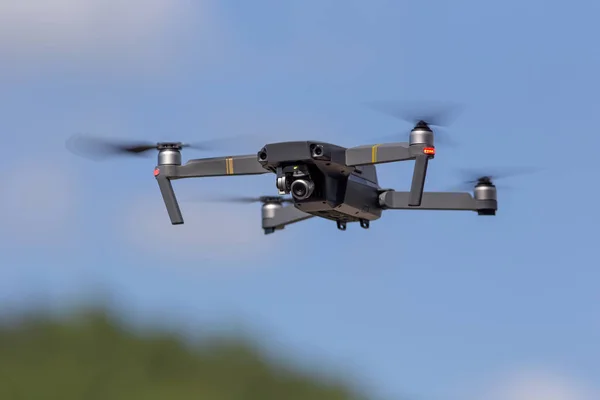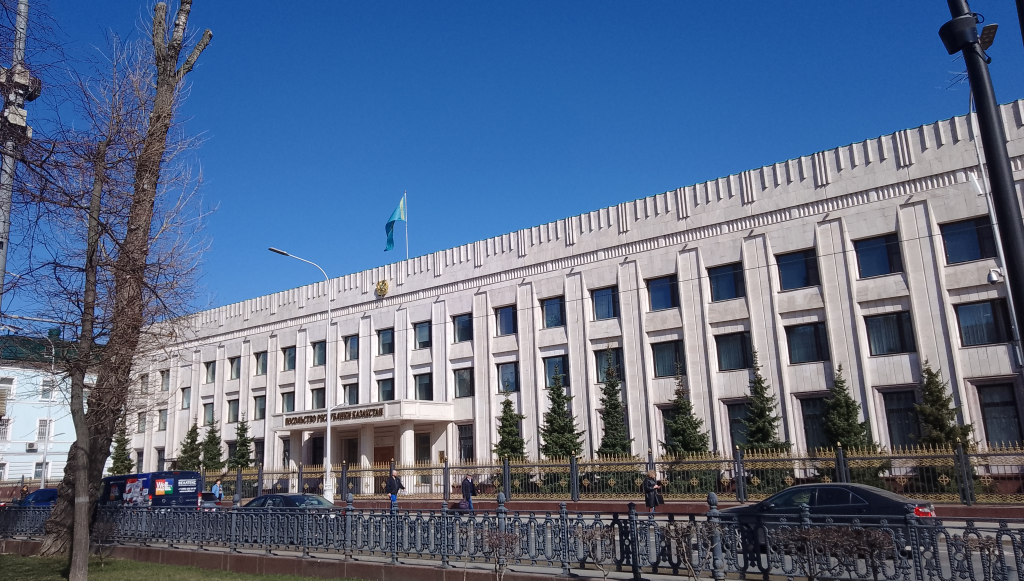
Infrastructure is the skeleton of a nation’s power; strike it, and the body falters. In the most recent strike, Ukrainian drones hit an Orenburg gas-processing plant in Russia, sending tremors well away from the battlefield, cutting oil and gas output in Kazakhstan, and exposing the tenuous character of Central Asia’s energy arteries.

This was not just another strike in the Russia Ukraine war; it was the first confirmed incident in which Kyiv’s long-range campaign against Russian energy infrastructure directly constrained a non-Russian producer. The Soviet-era giant Orenburg facility, operated by Gazprom, processes a third of the gas from Kazakhstan’s Karachaganak field. When it stopped, the production of one of Kazakhstan’s most important hydrocarbon assets fell off sharply, underlining how regional energy systems are interconnected-and vulnerable.

1. A Precision Strike with Regional Ripples
On October 19, Ukrainian UAVs hit the Orenburg gas processing plant, some 150 km away from Kazakhstan’s Karachaganak field. Kyiv confirmed the operation and President Volodymyr Zelenskyy noted “an increase both in the range and in the accuracy of our long-range sanctions against Russia.” The attack forced Gazprom to stop intake from Karachaganak, with the result that gas output was slashed by 25-30% immediately.
The impact did not stay inside Russia’s borders. Oil production in Karachaganak is intimately linked with its gas processing, and once the latter cannot take place, oil output decreases as well. Industry sources said output had fallen from the usual 35,000-35,500 metric tons a day to as low as 25,000 metric tons, affecting both domestic supply and exports.

2. Karachaganak’s Critical Role in Kazakhstan’s Energy Balance
Karachaganak remains one of the cornerstones for Kazakhstan’s hydrocarbon sector, providing roughly 15% of the country’s output. In 2024, it produced around 263,000 barrels per day, with most being exported to the Black Sea via the Caspian Pipeline Consortium and on to Europe via the Druzhba pipeline.
That is because the field is operated by a broad international consortium comprising Shell, Eni, Chevron, Lukoil and KazMunayGaz in short, a reflection of its global economic importance. Gas from Karachaganak is exported, re-injected to maintain reservoir pressure and also used for local power generation. A prolonged Orenburg outage would therefore squeeze multiple parts of Kazakhstan’s energy system simultaneously.

3. Moscow’s Leverage through Midstream Control
The Orenburg plant epitomizes the structural leverage Russia has over Kazakhstan’s energy flows: the gas and condensate from Karachaganak cross into Russia for processing before returning either for domestic use or export. That means any disruption on Russian soil can choke Kazakh production.
In addition to the Orenburg facility, Russia controls major export routes including the CPC and Druzhba pipelines. This means that, with 80% of Kazakhstan’s crude exports piped through CPC infrastructure, Astana’s reliance on Russian midstream assets is a continuing strategic liability.

4. The Larger Context of Drone Warfare
The strike came in the context of a wider Ukrainian campaign against Russian energy infrastructure. Kyiv has targeted facilities including oil refineries, pumping stations and depots deep inside Russia since early 2025 as part of an attempt to disrupt fuel supplies and erode Moscow’s war financing. Modern drone warfare is reliant on AI guidance, adaptive navigation, and resistance against signal jamming, according to the New Lines Institute. That technological leap has enabled precision strikes on critical facilities far from the front lines, making energy infrastructure a recurring target in modern conflicts.

5. Export diversification in Kazakhstan
Repeated disruptions – such as the strike in February at the CPC’s Kropotkinskaia oil pumping station that cut export capacity in half – have accelerated Astana’s search for alternative routes. Kazakhstan is expanding the Trans-Caspian International Transport Route, which links its fields with Azerbaijan, Georgia, and Türkiye, with EU and World Bank backing. It also plans to ramp up shipments via the Baku-Tbilisi-Ceyhan pipeline from 1.5 to 20 million tons a year. Such projects take many years, though, and in the interim Kazakhstan remains vulnerable to shocks in Russian-controlled infrastructure.

6. Domestic Infrastructure Delays and Strategic Exposure
In 2024, Kazakhstan agreed to a new gas processing plant at Karachaganak, which was to add 4 bcm per year to its capacity and start in 2028. The project has been stalled since then, and the government now seeks investors, particularly domestic. Such delays have been criticized by energy analyst Olzhas Baidildinov, who says this reliance on foreign facilities like that of Orenburg increases the risk of shortages-particularly in winter. Sanctions on high-tech components, such as French-made processing equipment, could further slow any recovery from future disruptions.

7. Diplomatic Balancing in a Conflict Zone
Astana’s muted response to the Orenburg strike reflects careful diplomatic balancing. Kazakhstan has stayed neutral over the Russia-Ukraine War, refusing to recognize Moscow-backed separatist territories in eastern Ukraine while refraining from direct criticism of Kyiv’s actions. This stance allows it to maintain relations both with Moscow – the country’s biggest trading partner-and with western investors in its energy industry. The Orenburg incident shows, however, that geopolitical neutrality is no protection against the operational consequences of regional conflict.

The Orenburg drone strike has laid bare the interdependence -and fragility-of Eurasia’s energy networks. To Kazakhstan, this is a blunt reminder that infrastructure beyond its borders can dictate domestic output and export earnings. For Ukraine, it is a demonstration of the reach and impact of its evolving drone capabilities. For the wider energy market, another warning that in today’s conflicts, the front line can run straight through the pipelines and processing plants that keep economies running.


